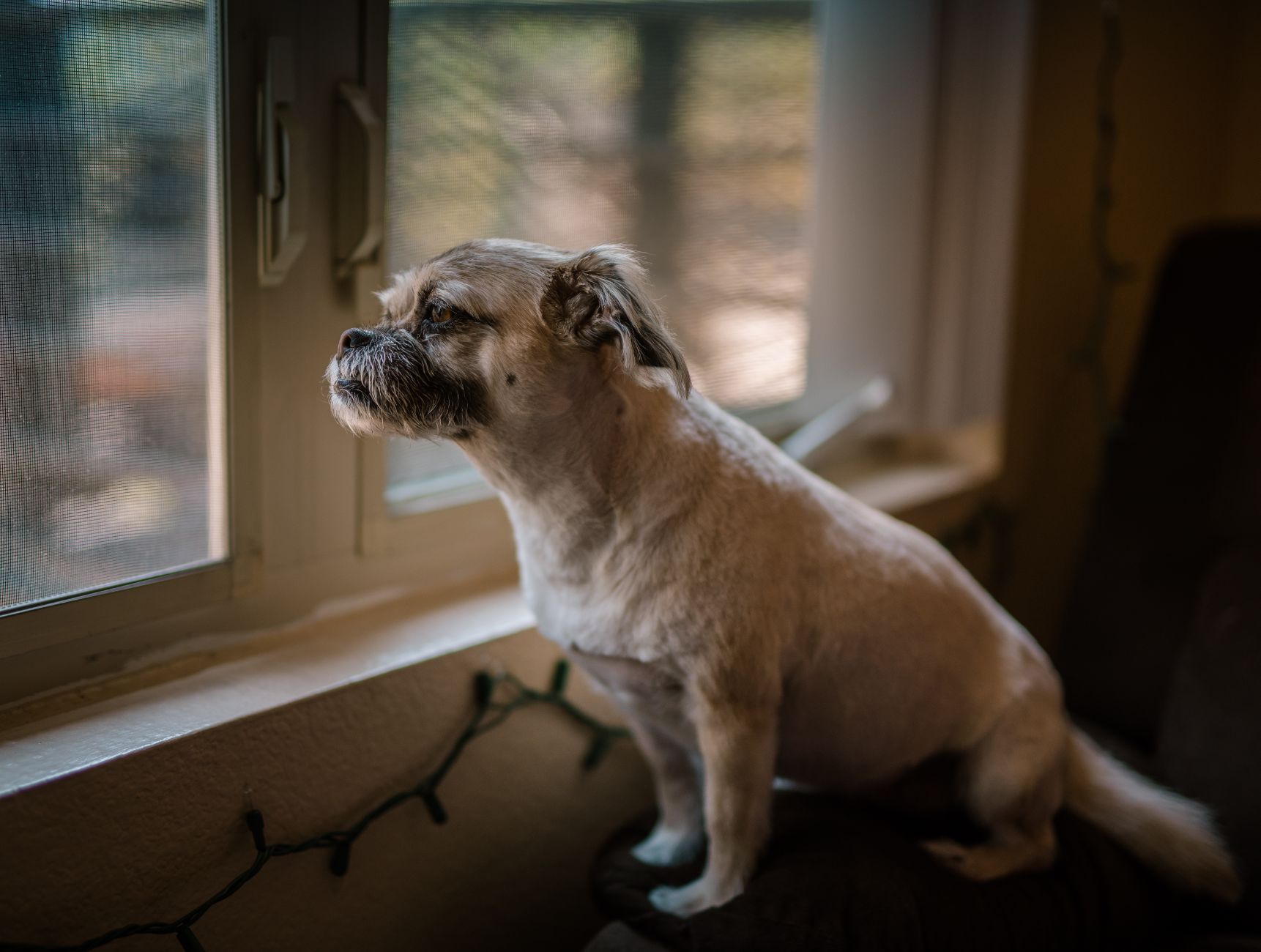
- by Dr.Thilo Senst
How to Prevent Dog Hairballs: Expert Tips and Tricks
- by Dr.Thilo Senst
How to Prevent Dog Hairballs: Tips and Tricks
When we think of hairballs, cats are the usual culprits. However, dogs can also develop hairballs, especially those with longer coats or a tendency to groom excessively. Dog hairballs can lead to discomfort, blockages, and even health complications if left unmanaged. Understanding the causes and prevention methods is key to ensuring your dog’s comfort and health.
This comprehensive guide will explore everything from why dog hairballs occur to effective tips and tricks to prevent them.
One of the leading causes of dog hairballs is excessive self-grooming. While grooming is a natural behaviour, dogs with skin irritations or allergies may overdo it, ingesting more fur in the process.
Certain breeds shed more during seasonal changes. Increased shedding means a higher chance of your dog ingesting loose hair.
Dogs with dry skin or allergies may lick and scratch themselves more often, swallowing loose fur and increasing the risk of hairballs.
A lack of fibre or essential nutrients can slow digestion, making it harder for the dog’s system to process ingested hair.
According to a survey by Dogs Trust in the UK, 25% of dogs experience digestive issues related to hair ingestion, with longer-haired breeds being more prone.
Recognising the signs of hairballs early can prevent complications. Look out for:
Think of a hairball like a clog in a drainpipe. The more hair accumulates, the harder it is for anything else to pass through. Regular maintenance (grooming and diet) can prevent these blockages.
Frequent brushing removes loose fur before it can be ingested. For dogs prone to shedding, aim to brush them daily, especially during seasonal changes.
A diet rich in fibre aids digestion and helps pass ingested hair naturally. Look for dog foods containing whole grains, vegetables, and high-quality protein.
Adequate hydration ensures your dog’s digestive system functions optimally, reducing the likelihood of hair accumulation in the stomach.
Minimise your dog’s exposure to irritants that trigger over-grooming. Use hypoallergenic bedding and keep your home free from dust and pollen.
If your dog is licking excessively due to skin irritation, consult your vet. Common causes include:
Specialised hairball remedies for dogs, such as lubricating gels, can help hair pass more easily through the digestive system. These are often flavoured to appeal to pets.
For dogs with long or thick coats, professional grooming can make a significant difference. Regular trims and thorough deshedding treatments reduce the amount of loose hair your dog ingests.
Dietary fibre acts as a broom, sweeping ingested hair through the digestive system. Including fibre-rich treats or supplements in your dog’s diet can prevent hair from clumping together in the stomach.
| Benefit | Impact on Hairballs |
|---|---|
| Improved digestion | Helps move hair through the system |
| Firmer stools | Facilitates natural hair expulsion |
| Reduces constipation | Prevents blockages |
Adding a teaspoon of coconut oil to your dog’s food can help lubricate their digestive system, making it easier for hair to pass through.
A natural and safe option for dogs, olive oil aids in reducing hairball formation when added to meals in moderation.
Rich in fibre and gentle on the stomach, pumpkin puree is an excellent natural remedy for aiding digestion.
While most hairballs pass naturally, large accumulations can lead to blockages that require veterinary attention.
Yes, though less common, short-haired dogs can still develop hairballs if they groom excessively.
If your dog shows signs of lethargy, persistent vomiting, or inability to eat, consult your vet immediately.
Long-haired breeds like Golden Retrievers and Shih Tzus are more susceptible, especially during shedding seasons.
Dog hairballs may not be as common as feline ones, but they can still cause discomfort and health issues for your pet. By combining regular grooming, a balanced diet, and proactive measures, you can significantly reduce the risk of hairball formation.
Taking these steps will ensure your furry friend remains comfortable, happy, and hairball-free.
![]()
Enter your details & download our comprehensive 50+ page printable Dr. Senst Pet Care Planner completley FREE! - keep track of all your pet’s needs, from medical history and training to vet visits, grooming, diet, and more!










Share:
Essential Cat Care Tips: A Complete Guide for Pet Owners
Effective Dog Flea Control for Multi-Dog Households